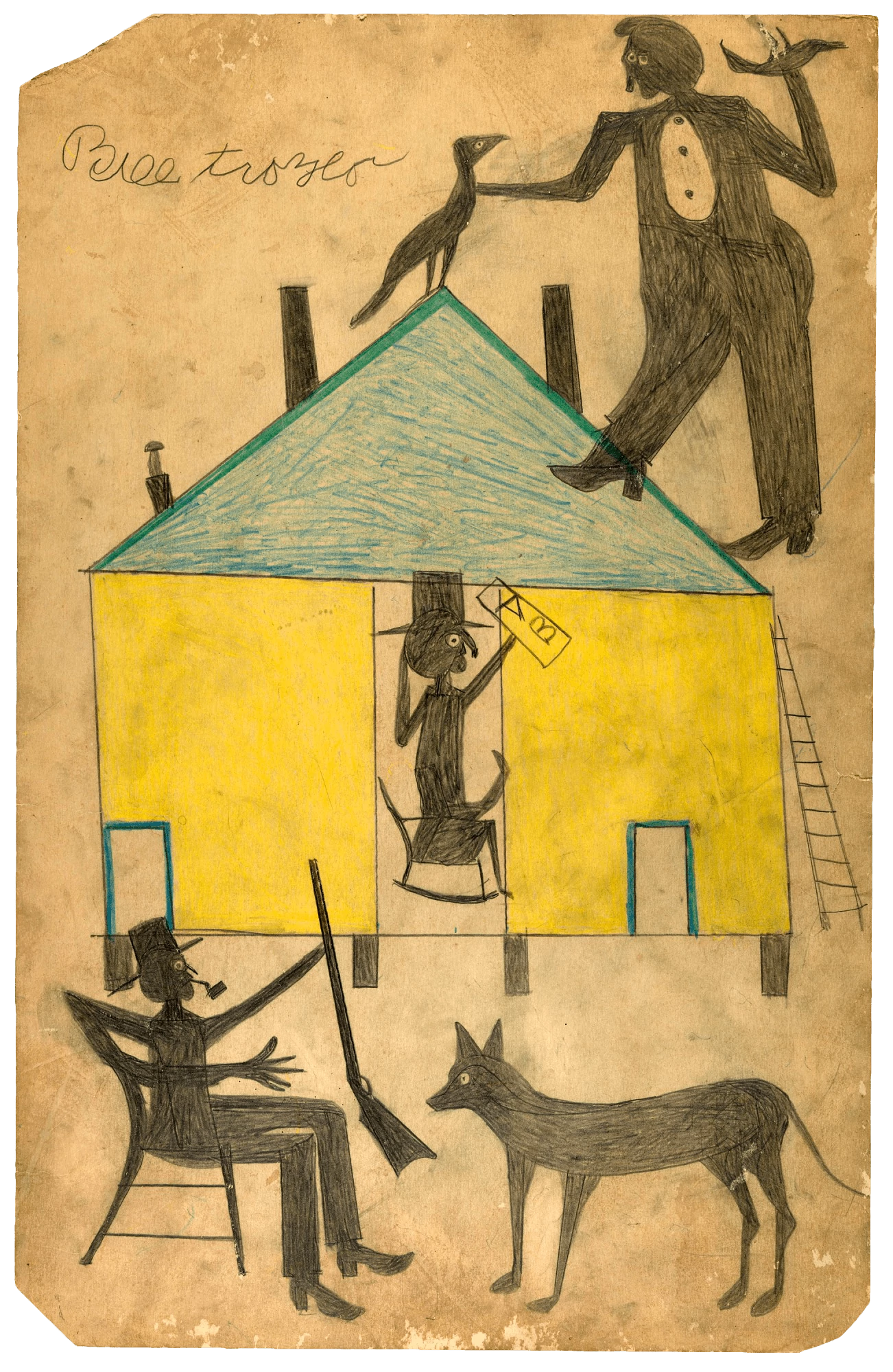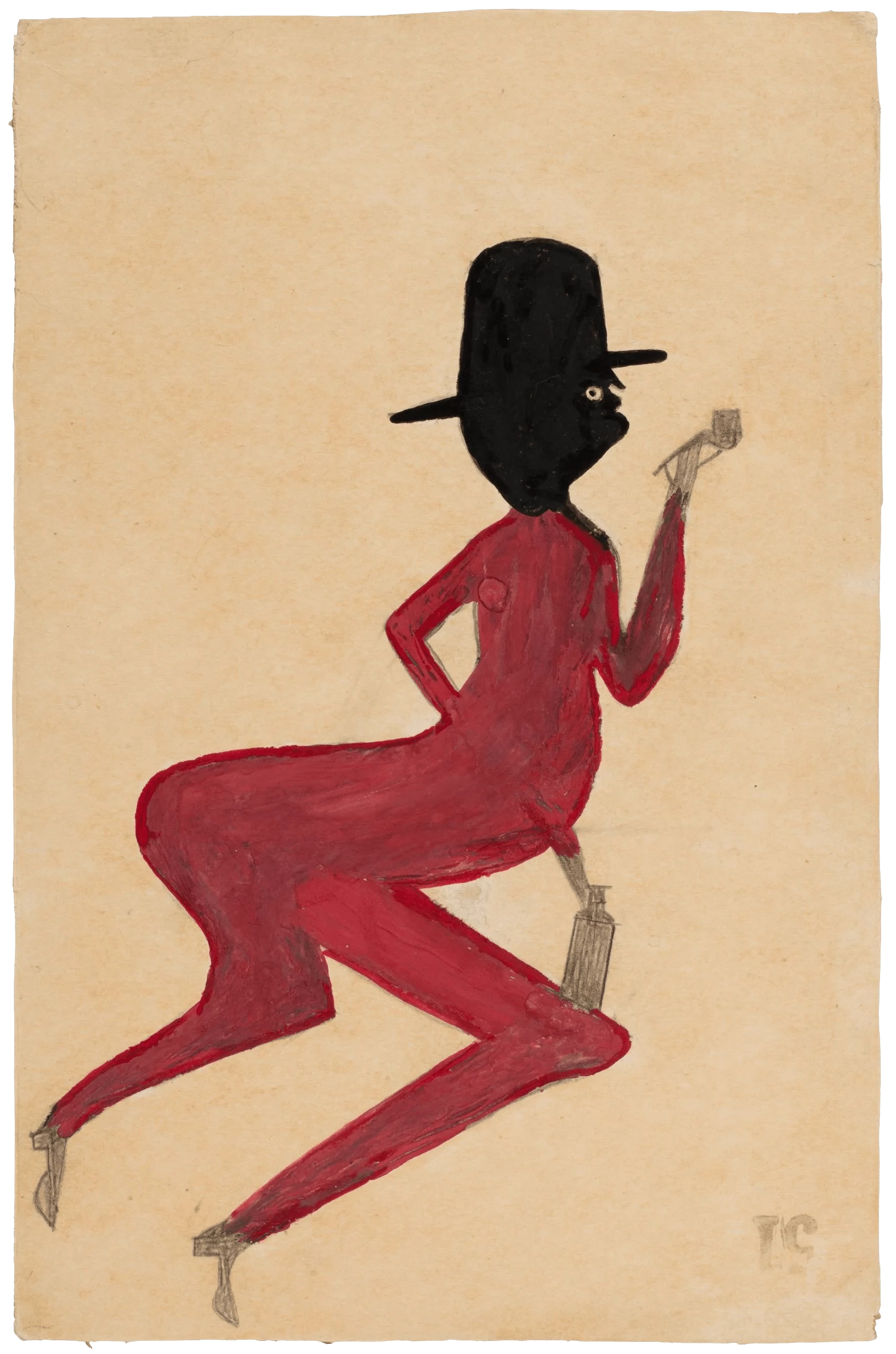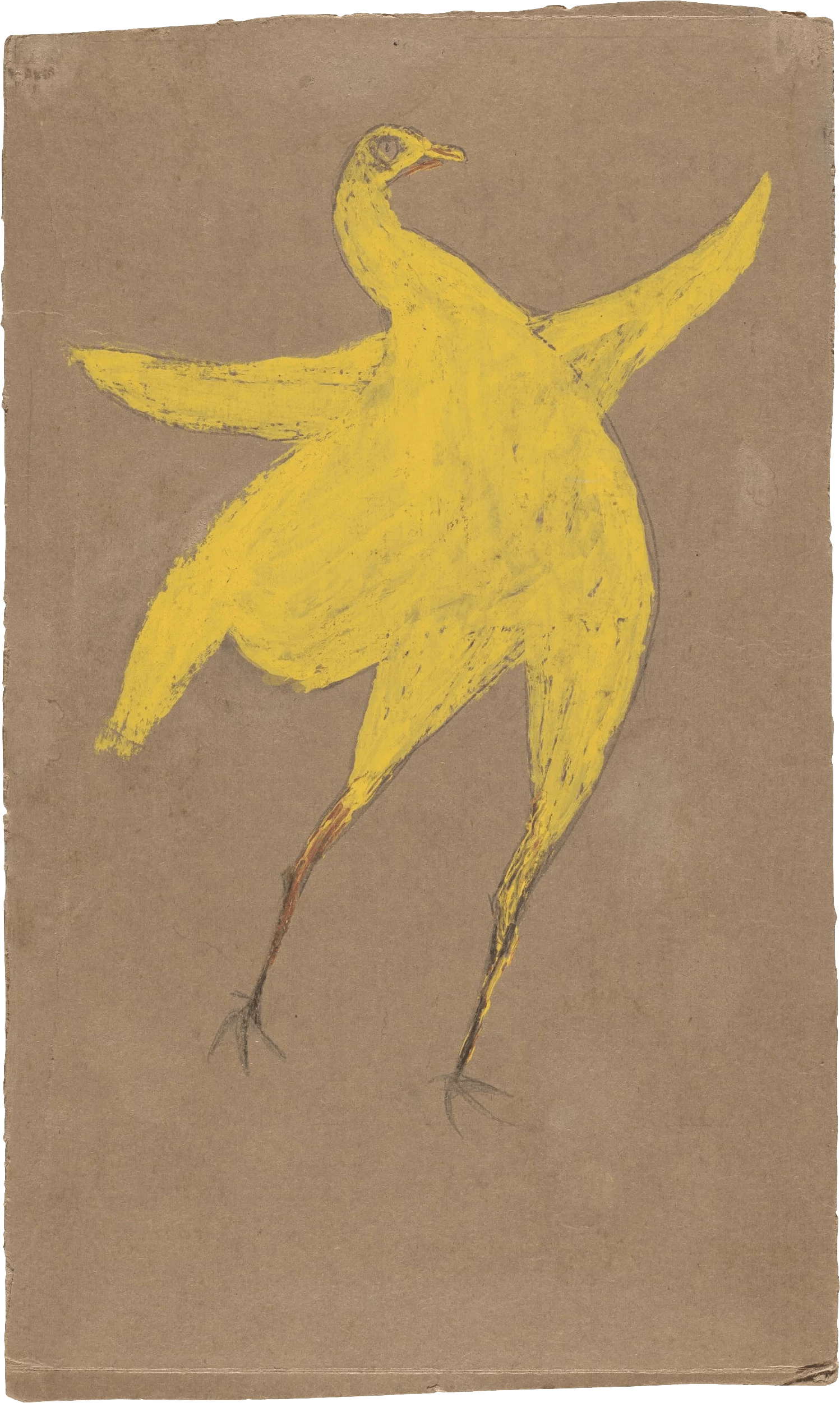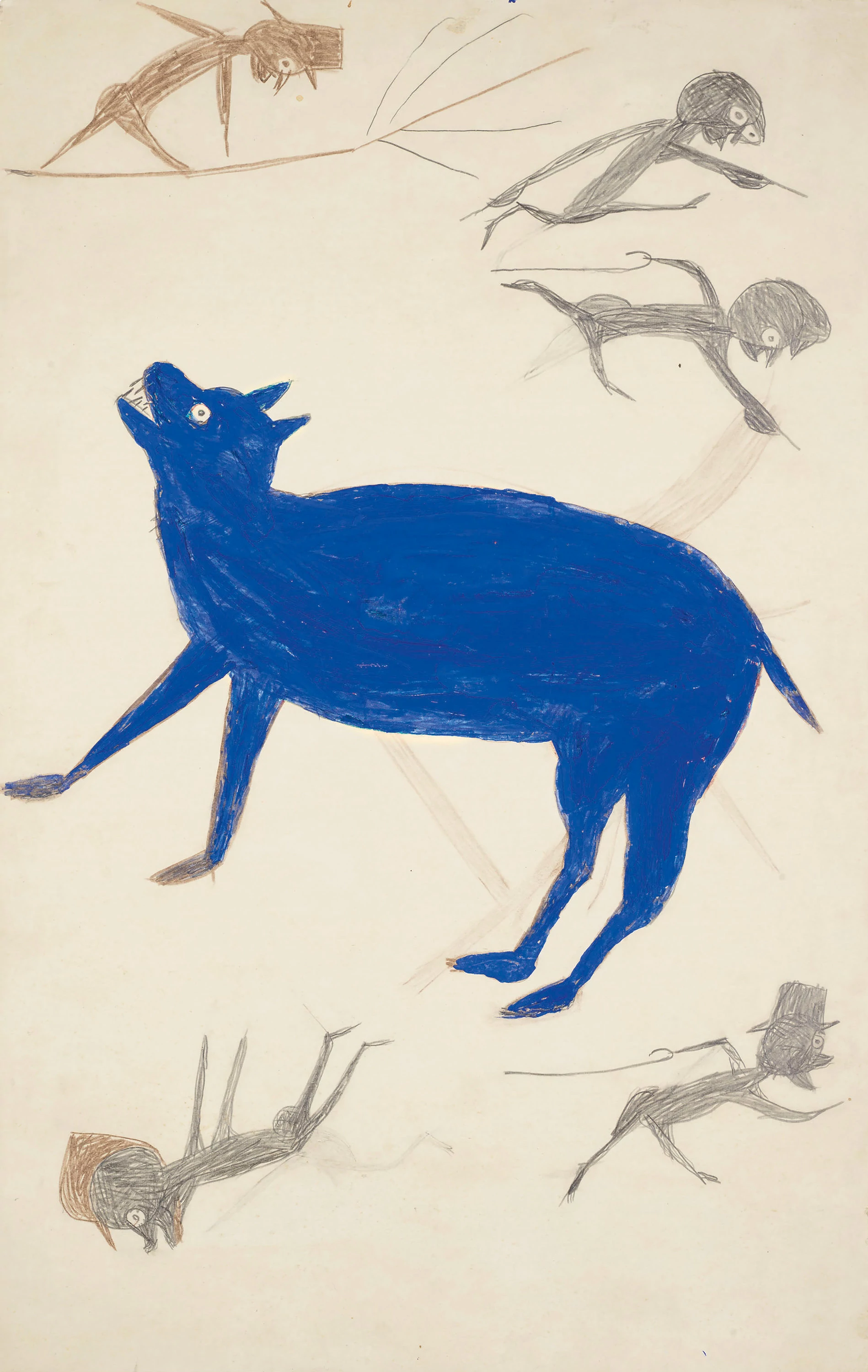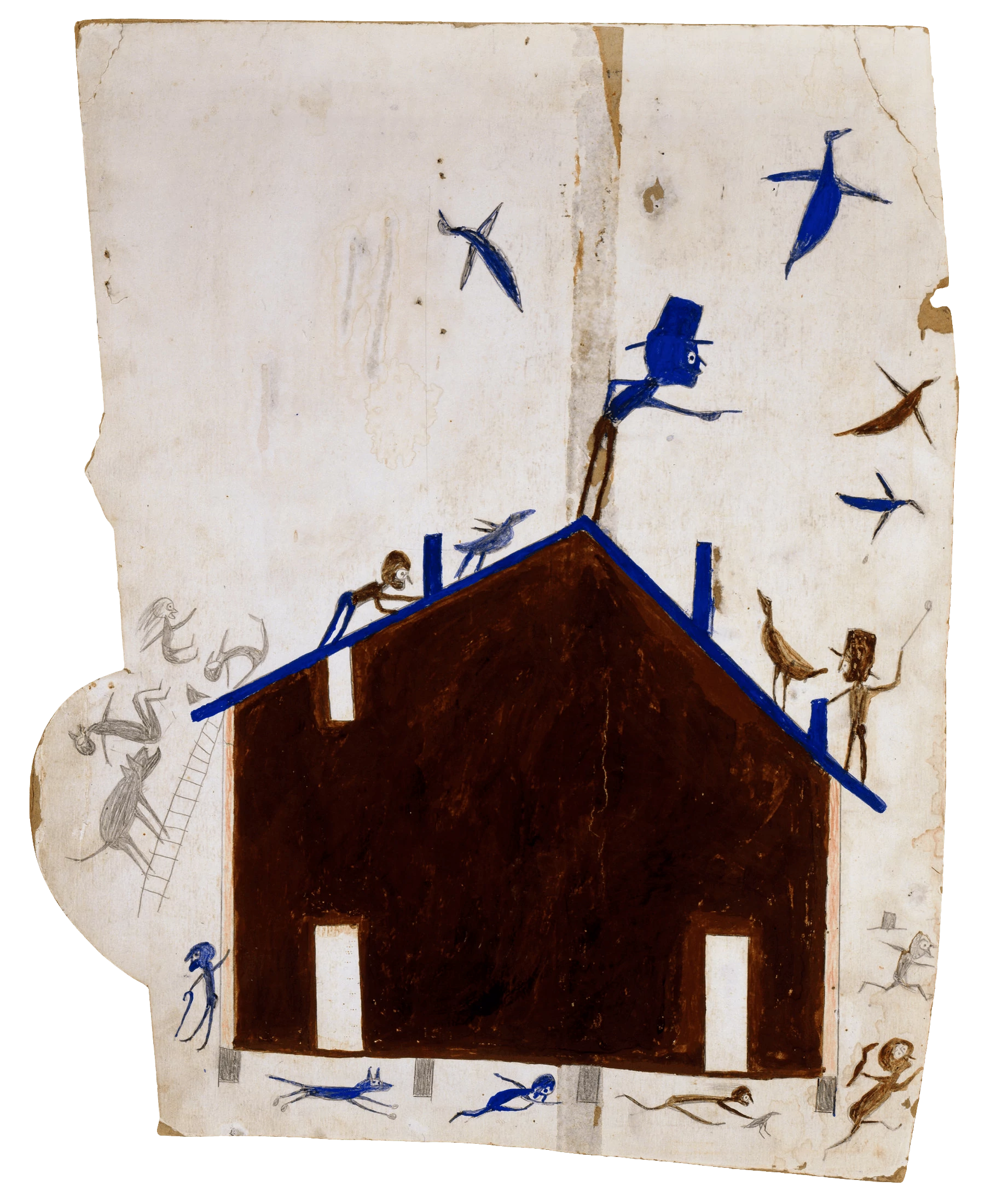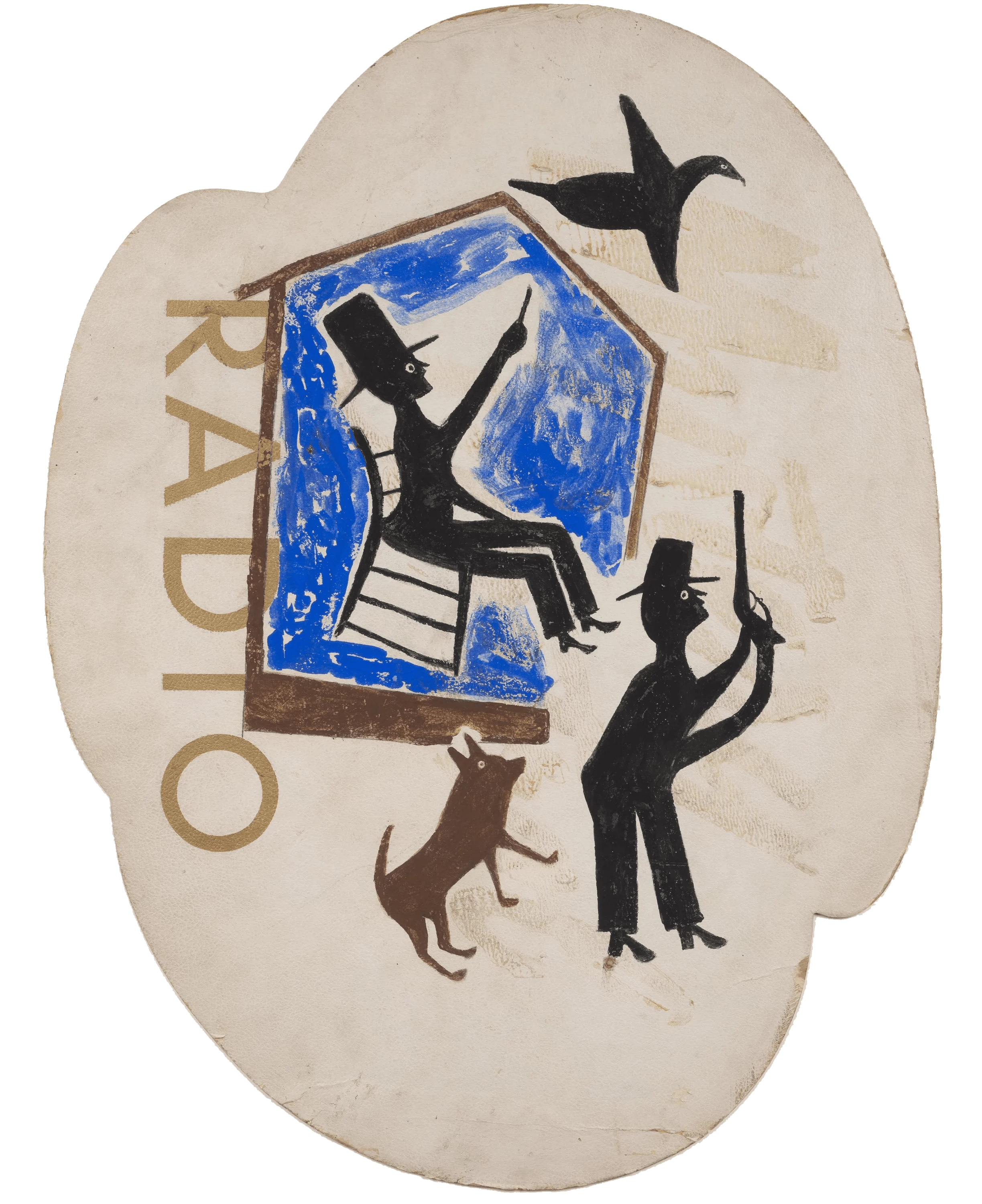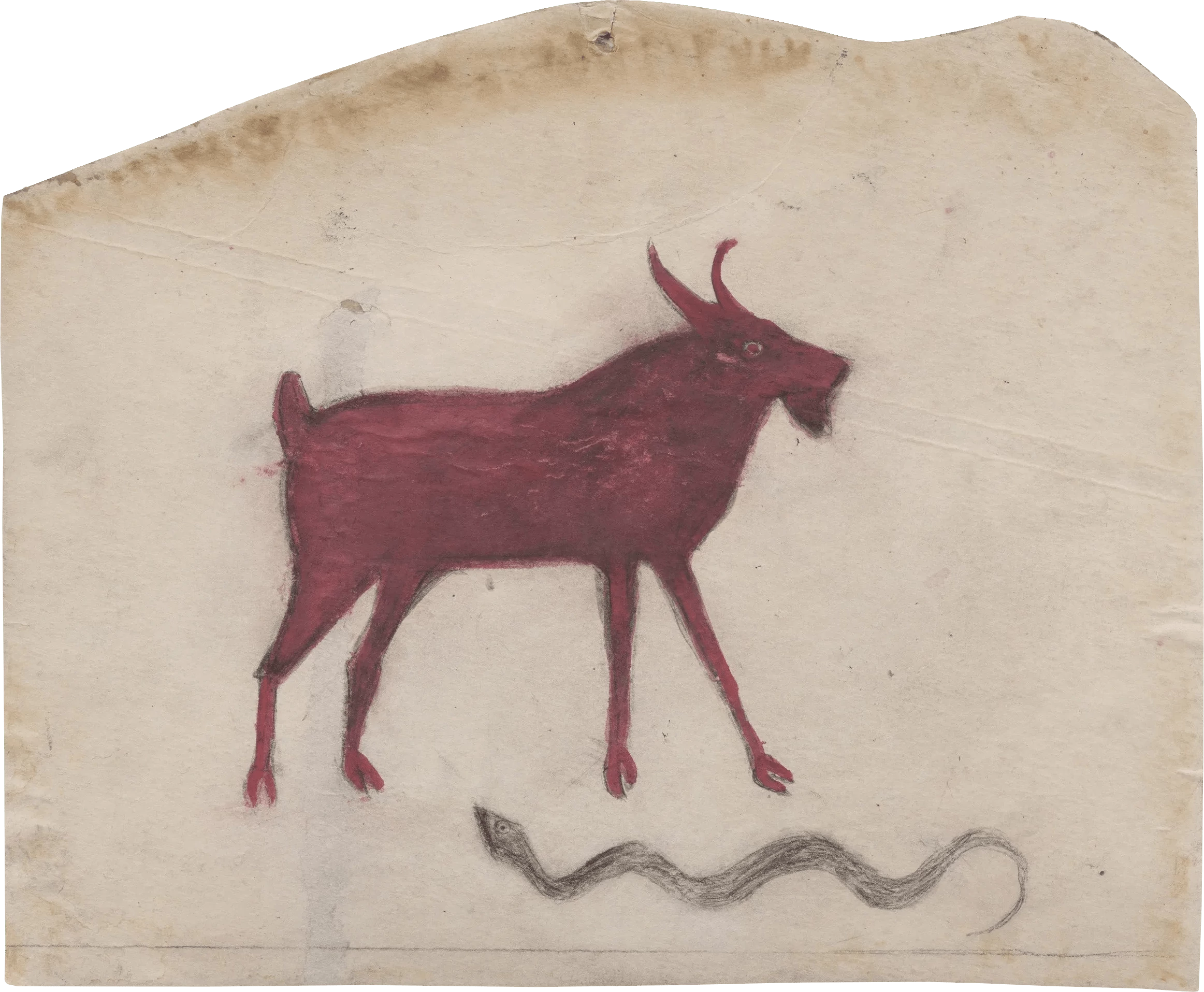Bill Traylor
It's never too late to tell your story

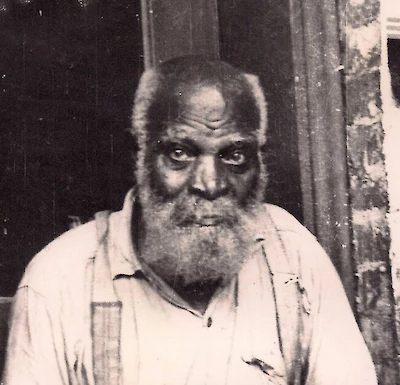


Bill Traylor was 85 years old when he began making art. With a pencil and scraps of cardboard Traylor made almost 1500 artworks of dogs, horses, cats, and men, and women dancing, walking, smoking, building strange buildings and chasing animals. It’s an entire world in graphic silhouettes of black, green, brown, and blue. The figures are naively rendered but exuberant. They float in a featureless background, but hum with the individual motivations and fascinations of their rich internal lives.
Bill Traylor is unique in the canon of art as a witness to nearly 100 years of black American history. Traylor was born into slavery on the John Getson Traylor near Pleasant Hill Alabama in 1853. He turned ten the year of the emancipation proclamation in the third long year of the Civil War, Biographical info is patchy for Traylor, but he navigated his teens during the massacres and mob violence against black communities that marred the Reconstruction years.
Though legally freed in 1865, the oppression of the Jim Crow south left Traylor and his family essentially trapped as sharecroppers for the George Hartwell Traylor plantation. Traylor worked on the plantation for 47 years, marrying three times, and fathering at least 15 children, though he later claimed the number to be “twenty-odd.” The Traylor family left the plantation to work as itinerant farmers outside Montgomery, and by 1927 Traylor’s many children had joined the Great Migration in search of a life beyond the farm, and when Laura, Traylor’s third wife died, he was alone on the plantation. At 74, Traylor moved to the city.
Traylor worked a variety of jobs and lived in low cost housing in the segregated section of Montgomery. After losing a job at the local shoe factory, he could no longer afford the shack he rented. Sleeping in the back room of a funeral home, Traylor spent his days on Monroe Street, where he started making art.
His first known works date to around 1939, when a young white artist named Charles Shannon began visiting Traylor and watching him work. A year later, Shannon launched an exhibit of Traylor’s work, titled Bill Traylor: People’s Artist, and two years after that Traylor’s work was shown in the Ethical Culture Fieldston School in New York. None of Traylor’s works after 1942 have survived. Traylor spent several years visiting many of his children on the east coast before returning to Montgomery where he lived with his daughter Sarah until his death in 1949 at age 96.
Traylor’s work is vivid, human, evocative, and often funny. It’s also a striking example of how the perception of art evolves over time. While Shannon recognized an “inner rhythm” in Traylor’s work, his early exhibitions framed him as an oddity. In his exhibit at Fieldston School he was referred to as an “American primitive” and his work was compared to cave painting. Alfred Barr, then director of the MOMA, offered to buy some of Taylor’s artworks for one or two dollars each, about $20 - $40 dollars today. It wasn't until nearly 30 years after Traylor’s death that the art world began to more fully appreciate the nuance and energy of his work. Charles Shannon collected the remaining works from Traylor’s three incredibly productive years into an organized collection, selections of which were shown at the Corcoran Gallery of Art in 1982 in the exhibition “Black Folk Art in America 1930-1980.” The Metropolitan Museum of Art displayed Traylor’s work in 1995, a year later the MoMA included his work in a centennial review of drawings, and in 2005 the Studio Museum in Harlem featured his work in the comparative show “Bill Traylor, William Edmondson, and the Modernist Impulse.” More recently his work has appeared in the American Folk Art Museum in 2013 and Smithsonian Museum of American Art in 2019.
...
Got questions, comments or corrections about Bill Traylor? Join the conversation in our Discord, and if you enjoy content like this, consider becoming a member for exclusive essays, downloadables, and discounts in the Obelisk Store.
